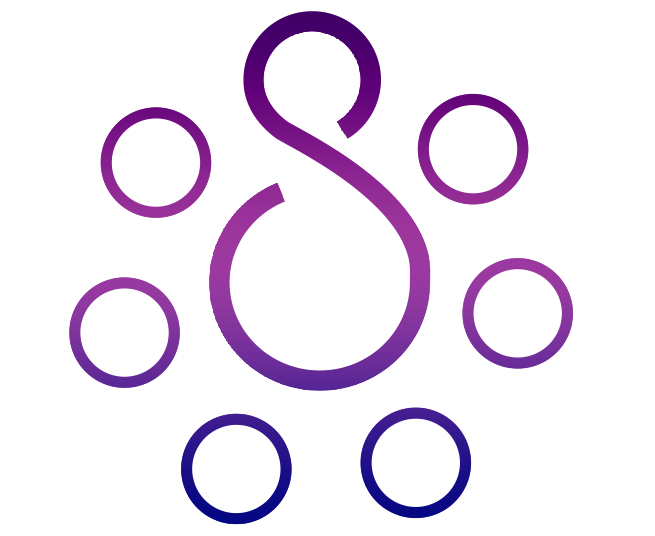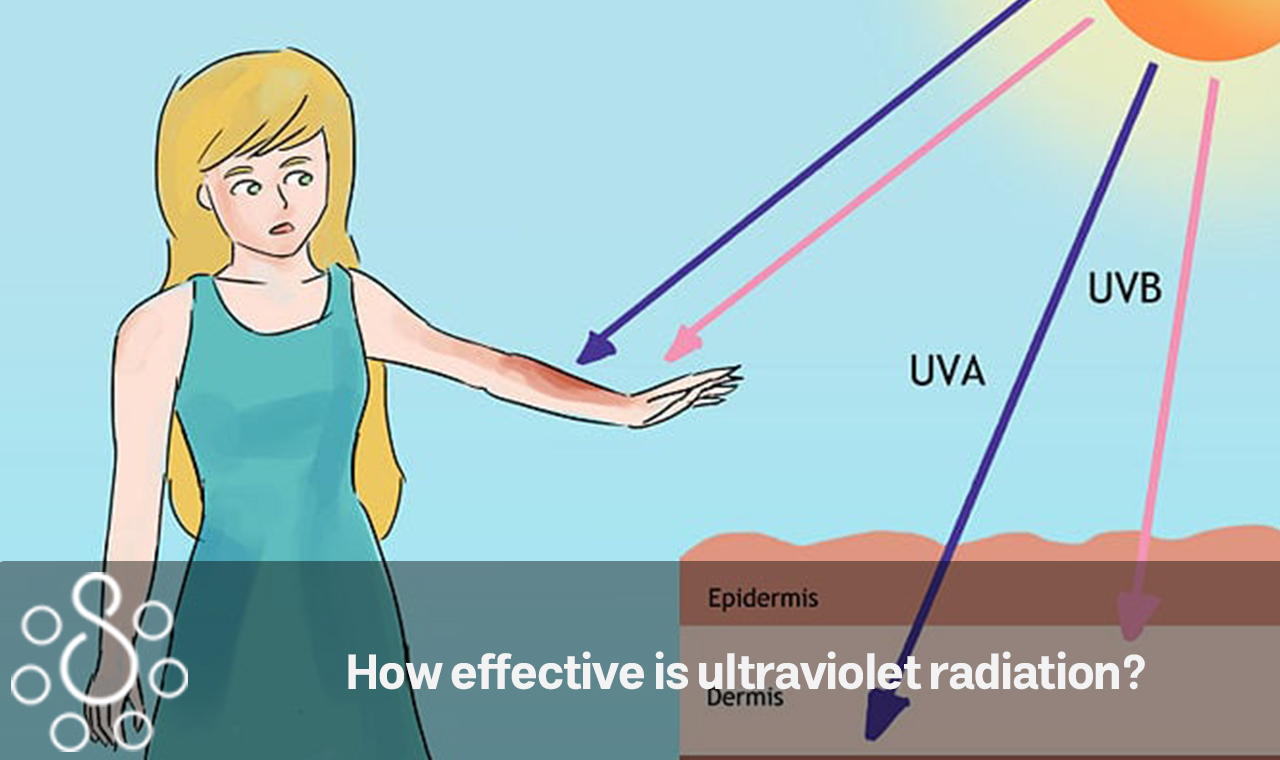Check whether a UV wand kills coronavirus before using it. Despite months of hand-washing, social distance, and mask-wearing, the coronavirus is here to stay in the U.S. You and everyone else clean excessively, since you can only manage your behaviors and surroundings. If you didn’t stock up on Clorox and disinfection wipes in March, you undoubtedly Googled “does steam kill viruses?” and “is vinegar a disinfectant?” UV radiation kills bacteria. For decades, UV radiation has been used to fight TB (FDA). What causes COVID-19 to die? True. UV radiation may reduce coronavirus transmission and more. Learn how effective ultraviolet radiation is and whether UV kills viruses.
An overview of the past
Johann Wilhelm Ritter, a German scientist, discovered UV radiation in 1801. When silver-chloride soaked, paper was subjected to invisible photons slightly outside the visible spectrum on the violet end, he saw an increased darkening. To differentiate these rays from the “heat rays” (IR) found on the other end of the visible spectrum the previous year, he dubbed UV light “oxidizing rays,” emphasizing the chemical reactivity he saw. The phrase “chemical rays” swiftly replaced it, and it remained prevalent for the remainder of the nineteenth century. The words “chemical” and “heat ray” were eventually replaced with the now-common UV and infrared labels.
What exactly is UV?
Ultraviolet (UV) radiation has a wavelength range of 100 to 400 nanometers in the electromagnetic spectrum. These wavelengths are shorter than visible light wavelengths and longer than X-ray wavelengths. UV light is divided into three categories: UVA has wavelengths ranging from 315 to 400 nm; UVB has wavelengths ranging from 280 to 315 nm; and UVC has wavelengths ranging from 100 to 280 nm.
Related Article: Differences between UVA, UVB, and UVC
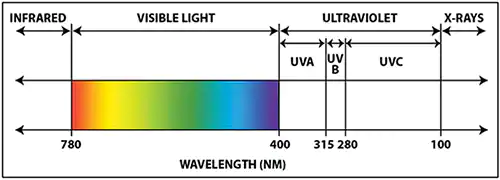
Our sun emits UV light with wavelengths ranging from 100 to 400 nanometers. At the boundary of the Earth’s atmosphere, sunlight consists of around 50% infrared (IR), 40% visible, and 10% ultraviolet (UV) radiation. The composition of sunlight as it reaches the Earth’s surface, with the sun at its greatest point, is 53 percent infrared, 44 percent visible, and 3 percent ultraviolet. UVA makes up around 95% of the UV that reaches the ground, while UVB makes up the remaining 5%. These percentages, of course, change depending on cloud cover and other climatic circumstances. The higher atmosphere absorbs a large portion of UVC wavelengths, which produces ozone in the ozone layer. The ozone layer filters the majority of UVB and the remaining UVC that hasn’t been absorbed by oxygen.
UV Emitters, Man-Made
UV radiation is not just emitted by the sun. These waves are also produced by a number of man-made technologies.
The use of black lights
Black lights are the most well-known UV producers (Figure 2). UVA waves are emitted by typical black light bulbs with very little visible light. Fluorescent black lights, for example, generate UVA waves instead of visible light due to a phosphor coating on the interior of the glass tube. More powerful mercury-vapor black lights, which are usually used for concerts and theatrical presentations, employ the same mechanism to generate UVA radiation on a bigger scale.
Related Article: 5 surprising ultraviolet uses for the hospitality industry
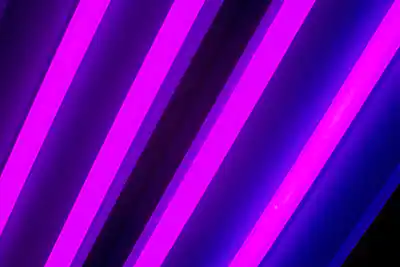
The most common uses for black lights are in situations where extraneous visible light is unwanted, as well as in studying the fluorescence that occurs when certain chemicals are subjected to UV radiation.
UV lamps with a short wavelength
Fluorescent lamp tubes without a phosphor coating are used in shortwave UV lamps. Because of the mercury in the tube, UV light with maxima at 253.7 nm and 185 nm, both in the UVC band, is emitted. The fused quartz glass tube, on the other hand, allows just the 253.7 nm wavelength to pass through, while the 185 nm wavelength is fully blocked. These lamps have a typical efficiency of 30% to 40% and have two to three times the UVC output of normal fluorescent bulbs. The disinfection of laboratory surfaces, food-processing surfaces, and water sources is the principal use of these lights. UV Gas-Discharge Lamps are a kind of gas-discharge lamp that emits ultraviolet. In specialized scientific applications, gas-discharge lamps comprise various gases designed to generate UV light at certain spectral lines. UV spectroscopy equipment used in chemical analysis is where these lamps are most often seen. So, believe that how effective ultraviolet radiation is.
Lasers
UV light may be produced by lasers that are particularly designed for this purpose. Lasers may be created to cover the full UV band depending on the laser technology (gas lasers, laser diodes, or solid-state lasers) and the materials utilized. Laser engraving, dermatology, keratectomy, chemistry, communications, optical storage, and integrated circuit manufacture are just a few of the uses for UV lasers.
LEDs (Light Emitting Diodes) are light-emitting diodes.
UV light-emitting diodes (LEDs) are being developed particularly for this purpose. UV curing, sterilization, skin treatment, and chemistry to detect component combinations are among the applications where these devices are now employed.
Problems with health
UV radiation has both helpful and detrimental effects on human health. Excessive exposure might be dangerous, but moderate exposure can be healthy.
Negative consequences
Excessive UV light (UVA LEDs are available from Digi-Key) may affect the eyes, skin, and immune system. UVA radiation generates little or no immediate response, but photokeratitis (a painful eye ailment) and skin redness (lighter skin is more susceptible) begin to appear at wavelengths near the start of the UVB band (315 nm), with quickly escalating damage as wavelengths approach 300 nm. The UVC band, which spans 265 nm to 275 nm, is the most harmful to the eyes and skin. UVB overexposure not only causes sunburn, but it may also lead to skin cancer in rare cases.
Advantageous effects
As harmful as excessive UV exposure might be, there are health advantages to be achieved if UV exposure is moderated. The creation of vitamin D, improved mood, and enhanced energy are the three key health advantages of UV exposure. Here is some topics to know how effective ultraviolet radiation is.
Vitamin D is an important nutrient: Moderate UV exposure is an excellent source of vitamin D. Calcium metabolism, insulin production, blood pressure, immunity, and cell proliferation are all aided by this vitamin. Vitamin D levels have been linked to a decreased risk of heart disease, stroke, and diabetes, as well as a propensity to lower blood pressure.
Skin problems: UV radiation may be used to treat a variety of skin problems. Eczema, dermatitis, rickets, atopic and localized scleroderma, jaundice, psoriasis, and vitiligo may now be successfully treated with contemporary phototherapy.
Hypertension and cardiovascular diseases: UVB radiation has been demonstrated to reduce blood pressure in people with high blood pressure and vitamin D deficiency. Other medical trials and investigations have revealed that UV light has meaningful health advantages irrespective of vitamin D.
Serotonin: Vitamin D aids in the manufacture of serotonin, which is proportional to the amount of UV light received by the body. Changes in serotonin levels have an impact on mood and behavior. Although its specific impact on the human body is unknown, serotonin is supposed to give feelings of well-being, peace, and happiness.
Melanin: Moderate UV exposure raises the quantity of melanin in the skin, which is a brown pigment (otherwise known as a suntan). Melanin absorbs UVA and UVB light and converts it to heat. The skin is protected from both direct and indirect DNA damage as a result of this.
Applications of how effective ultraviolet radiation is
There are multiple applications that make use of UV radiation’s qualities and bring several advantages to people’s health and well-being. UV radiation’s capacity to destroy germs and remove pollutants is the principal use nowadays.
Purification of the air: Indoor environmental pollutants are mostly organic carbon-based substances that degrade when exposed to UVC in the 240 nm to 280 nm wavelength range. Microorganisms’ DNA may also be destroyed by it. As a result, cycling air via a UVC emitter, such as the SETi/Seoul Viosys TUD7MF1B UVC LED (Figure 3), may help purify the air in the room. This 275 nm (nominal) UVC LED is offered as a Star Board unit with a typical radiant output of 11.5 mW, making it ideal for a variety of uses, including air purification.
related article: What Is a Toothbrush Sanitizer?
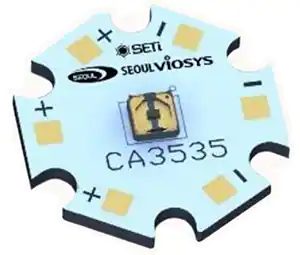
Disinfection and sterilization: UVC LEDs may also be utilized for a wide range of sterilizing and disinfecting tasks. UVC radiation is used in medical and biology laboratories, along with other procedures, to sterilize instruments and workplace surfaces. Treatment of wastewater and municipal drinking water are two more frequent uses for UVC radiation. Some spring water bottlers even utilize it to sanitize their products. In the food processing business, UVC radiation is also utilized to destroy germs. Fruit juices, for example, may be pasteurized by UVC as they pass through a source.
Therapy: There might be a question thathow effective ultraviolet radiation is for therapy. UV radiation is a skin therapy aid for illnesses including psoriasis and vitiligo, as well as for purification and disinfection (a condition where skin patches lose pigment). UVB waves, not UVC waves, are beneficial in this scenario. UVB LEDs are the best choice for this application. These 280 nm to 315 nm devices might serve as the foundation for skin therapeutic devices. These lights come in a number of mounting and radiant output configurations.
Related Article: Are UV sanitizers effective? What You Should Know Before Making One
